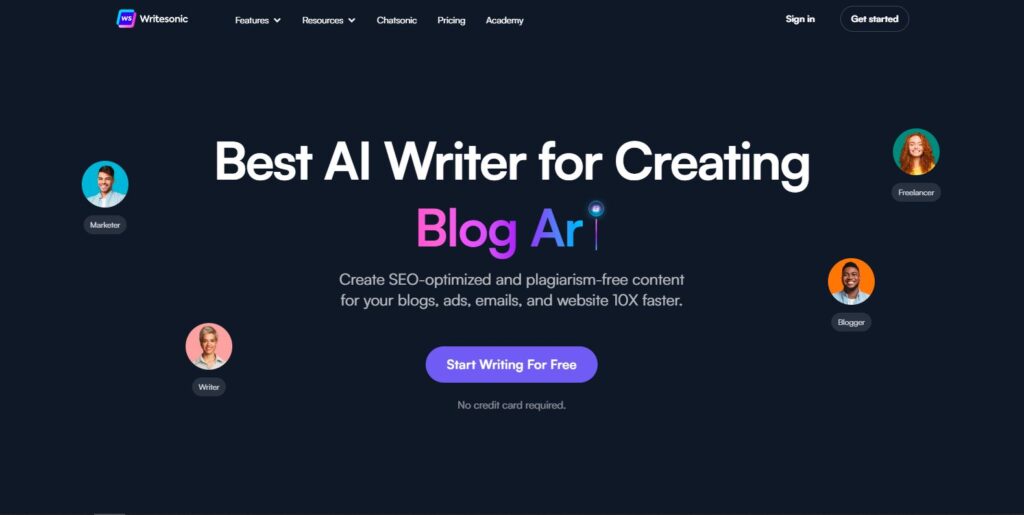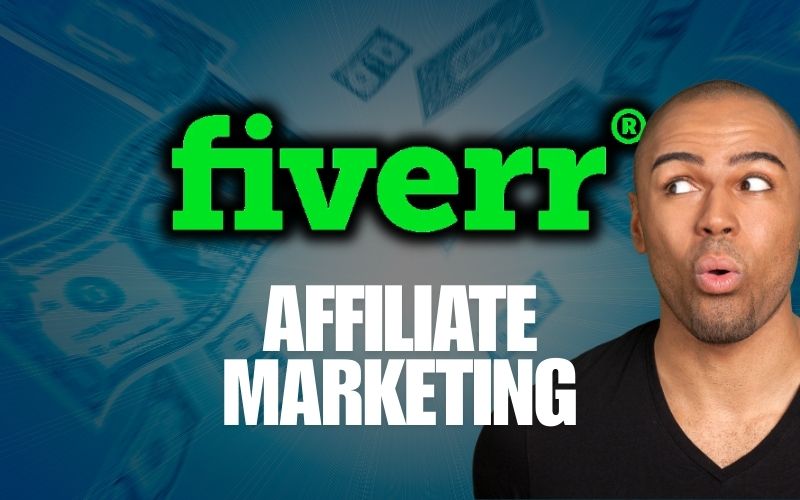Rank on Google: Step-by-Step Guide to Boost Your SEO
In the world of digital marketing, knowing SEO is key for a strong online presence. Wondering how to rank on Google and get more website visitors? You’re not alone. With so many websites out there, SEO can seem hard to grasp.
But don’t worry! This guide will make SEO easy to understand. You’ll learn important strategies and tips to boost your search engine ranking. Whether you’re new to SEO or want to improve, we’ll cover the basics to help your website get noticed on Google. Let’s start and see how you can stand out online!
Understanding Google Ranking Factors
Knowing what Google looks for in ranking is crucial. Google’s complex algorithms aim to show the best content to users. To succeed, you need to understand the key factors that affect ranking.
Content quality is a top priority. Good, informative, and engaging content attracts visitors and keeps them on your site. This is important to Google. Using keywords naturally in your content also helps your visibility. Make sure your title tags, meta descriptions, and headers match your content’s purpose.
User experience is also key. Google values websites that are easy to use, work well on mobile, and load quickly. A bad user experience can hurt your ranking, even with great content. Check your site’s speed and mobile friendliness with tools to find areas to improve.
Building a strong backlink profile also boosts your site’s authority. It’s better to have a few quality links from relevant sites than many low-quality ones. Guest posting, creating shareable content, and collaborating can help you get these valuable links. A mix of great content, a good user experience, and smart off-page efforts can improve your ranking.
Keyword Research and Optimization Strategies
Keyword research and optimization are vital for better online visibility. The digital world changes fast, and finding the right keywords is key to ranking higher. Identify the words your audience uses to find products or services like yours. Focus on keywords with high search volume but low competition to attract more visitors.
After finding relevant keywords, use them wisely in your content. Include them in titles, headings, and meta descriptions, and throughout your articles. But remember, keyword optimization should be natural and engaging. A balanced approach keeps your content valuable and informative, which is good for both users and SEO.
Don’t forget about off-page factors that affect your rankings. Getting links from trusted sites, being active on social media, and guest posting can boost your authority. Keep an eye on your keyword performance and adjust your strategies as needed. Search trends change, and staying updated with analytics helps you stay ahead.
Mastering keyword research and optimization is about knowing your audience and adapting your content. A holistic approach that combines well-researched keywords, quality content, and strong backlinking can help you rank on Google. This way, you can build a lasting online presence that attracts visitors and keeps them engaged.
Creating High-Quality and Relevant Content
Creating great content is key to digital marketing success. With so much information out there, your content must grab attention and offer real value. Knowing what your audience wants is crucial. Use tools like surveys and social media to understand their interests.
Your content should be easy to read. Use headers, bullet points, and images to make it clear. SEO is also important to help people find your content. Use keywords, backlinks, and meta descriptions to boost your search engine ranking.
Quality content builds trust and authority. Avoid rushing to publish without editing and fact-checking. Focus on unique insights and compelling stories to leave a lasting impression.
Creating great content is about understanding your audience and using smart strategies. By focusing on value and relevance, you improve your Google ranking and connect with your readers. This connection drives traffic and boosts your reputation.
On-Page SEO Best Practices
Mastering on-page SEO is vital for better website visibility and organic traffic. It includes optimizing title tags, meta descriptions, and content. Understanding how to rank on Google means aligning your content with user searches.
Keyword optimization is a core part of on-page SEO. Find relevant keywords and use them naturally in your content. Avoid keyword stuffing to keep your content readable and engaging.
Creating valuable content is essential. It should be informative and offer real value. Use visuals and clear formatting to improve user engagement. Links and multimedia can also enhance the user experience.
Optimizing for mobile and improving page speed are also crucial. With more mobile users, your site must be mobile-friendly. Faster sites improve user experience and SEO rankings. By following these best practices, you can boost your Google ranking and attract more visitors.
Off-Page SEO Techniques for Improved Ranking
Off-page SEO is key to making your website more visible and trusted by search engines. It’s different from on-page optimization, which focuses on your website itself. Off-page SEO includes getting backlinks, using social media, and connecting with influencers and other sites in your field. By doing these things, you can get higher in search results, bringing more visitors and better engagement.
Getting quality backlinks is a top way to boost off-page SEO. Backlinks are like votes of confidence from other sites. You can get them by guest blogging or writing for other sites. This also helps you reach new people and show you’re an expert in your field. Remember, it’s not just about how many backlinks you have, but their quality and relevance.
Social media is also crucial for off-page SEO. Sharing your content and talking to your audience on sites like Facebook and Twitter can make your online presence stronger. When people share your content, it can lead to more backlinks. Plus, being active in your niche can show your expertise and bring more visitors to your site.
Mastering off-page SEO is vital for better rankings on search engines. By focusing on backlinks, social media, and industry connections, you build a strong online presence. This approach not only helps you rank better on Google but also supports long-term success in the digital world.

The Importance of Backlinks and Link Building
Backlinks and link building are key in digital marketing. They help your website become more visible and trusted. Search engines see backlinks as votes of confidence, showing your content is valuable.
To get good backlinks, create content that people want to share. This could be blog posts, infographics, or videos. Promoting your content on social media can also help.
It’s not just about getting any backlinks. The quality of the links matters a lot. Links from trusted sites can greatly improve your website’s standing. Having a mix of different types of links is also important.
Mastering backlinks and link building is essential for SEO success. It takes time and effort to earn good backlinks. By focusing on quality content and building relationships, you can improve your website’s ranking and reputation.
Utilizing SEO Tools to Enhance Your Strategy
SEO tools are vital for a successful online strategy. They help analyze and optimize your website. The right tools can give you insights to make better decisions and improve your website.
SEO tools like Google Analytics and Google Search Console are very helpful. They help you understand how your site performs and what users like. This information can help you improve your rankings and attract more visitors.
Competitor analysis tools can also be very useful. They show you what your competitors are doing well. This can help you find areas to improve and stand out from the competition.
Using SEO tools is not just about getting better rankings. It’s about creating a strategy that works for your audience. By constantly improving your strategy with data, you can build a strong online presence.
Mobile Optimization and Site Speed for Google Ranking
Mobile optimization and site speed are crucial for Google rankings. Most people use mobile devices to access the internet. If your site isn’t mobile-friendly, you’ll lose visitors and rankings.
Google values websites that offer a good mobile experience. This means your site needs to work well on smartphones and tablets. Understanding this is key to improving your website’s ranking.
Responsive design is key for mobile optimization. It makes sure your site looks great on any device. Google also favors mobile sites, so a good mobile experience is crucial.
Site speed is also vital. A slow site can lose users quickly. Google now considers site speed when ranking sites. So, make sure your site loads fast by optimizing images and reducing server times.
To rank well on Google, focus on mobile optimization and site speed. These steps improve user experience and your site’s visibility. In today’s digital world, these strategies are essential for success.
Monitoring and Analyzing Your Google Ranking Progress
Tracking your Google ranking is key for online success. It helps you understand what works and what doesn’t. This knowledge guides your content strategy and improves audience engagement.
Use tools like Google Search Console, SEMrush, or Ahrefs to track your rankings. They show how your site performs over time. This helps you see the impact of your updates and changes in algorithms.
Review your website’s analytics regularly. Look at bounce rates, session durations, and conversion rates. This helps you understand user behavior and improve your site’s performance.
The goal is to understand how to rank well on Google. By analyzing data and making strategic changes, you can grow your online presence. This keeps you relevant and competitive in the digital world.
Tips for Maintaining a High Google Ranking
Keeping your website ranked high on Google is crucial. Monitoring your ranking progress helps you refine your SEO strategy. It’s not just about being on the first page; it’s about understanding the factors that affect your ranking.
Start by getting familiar with tracking tools like Google Analytics and Google Search Console. These tools provide valuable data on your site’s performance. By analyzing this data, you can make informed decisions to improve your ranking.
Consistency is crucial when watching your rankings. Set up a regular reporting schedule to see how well your SEO works. As algorithms change and new rivals appear, your site’s ranking can shift a lot.
By keeping an eye on your rankings and the competition, you can quickly adjust your strategy. This way, you’re not just reacting to changes but also expecting them. This helps you keep or improve your spot in search results.
Remember, ranking is tied to your whole digital marketing plan. Things like content quality, site speed, mobile optimization, and user experience affect your Google rankings. By looking at your ranking progress along with these factors, you can improve your strategy overall.
The aim is not just to get higher in the SERPs. It’s to make a site that really meets your audience’s needs. This boosts engagement and your authority in your field. Keep improving, learning, and tweaking, and your search engine visibility will show it.
Rank on Google: Step-by-Step Guide to Boost Your SEO Read More »


















